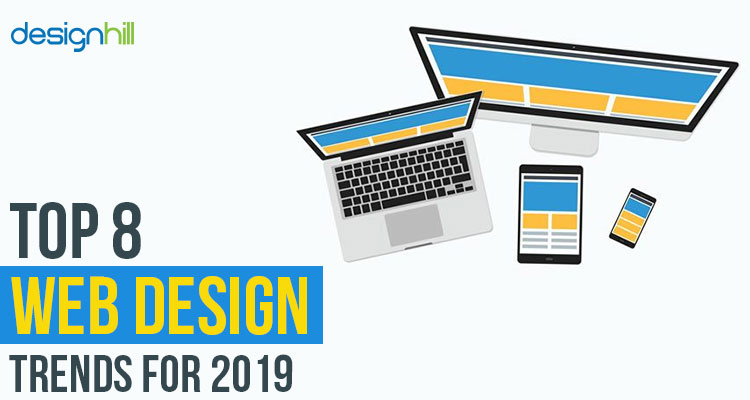Keen To Find Just How Site Design Has Changed Gradually? Dive Into The Development From Simplicity To User-Focused Experiences
Keen To Find Just How Site Design Has Changed Gradually? Dive Into The Development From Simplicity To User-Focused Experiences
Blog Article
related webpage -Pappas Dalby
In the past, web sites were easy and concentrated on information. Navigating was straight, and style was for desktop computers. Now, user experience is essential. Information overviews layouts for very easy navigating. Responsive layouts suit various tools. Today, dark mode minimizes stress, and minimalist menus enhance navigation. Interactive features involve individuals, and strong visuals stand out. AI combination boosts interaction. See just how design has developed to improve your on the internet trip.
Early Days of Website Design
In the very early days of web design, simplicity reigned supreme. Internet sites were standard, with restricted colors, fonts, and designs. The emphasis got on providing info rather than showy visuals. Customers accessed the web via slow-moving dial-up links, so speed and capability were vital.
Navigating menus were straightforward, commonly located at the top or side of the page. Internet sites were designed for desktop computers, as mobile browsing wasn't yet common. Material was king, and developers focused on simple readability over complicated style elements.
HTML was the primary coding language used, and designers had to work within its restrictions. Animations and interactive functions were minimal contrasted to today's criteria. Sites were static, with little vibrant web content or personalized individual experiences.
Surge of User-Focused Design
With the advancement of website design, a shift towards user-focused layout concepts has come to be significantly noticeable. Today, developing web sites that prioritize customer experience is essential for engaging visitors and attaining company goals. User-focused layout includes understanding the needs, choices, and actions of your target market to tailor the internet site's format, content, and includes appropriately.
Designers now conduct thorough study, such as customer surveys and use screening, to collect insights and responses directly from customers. This data-driven technique assists in developing instinctive navigating, clear calls-to-action, and aesthetically enticing interfaces that resonate with visitors. By putting the individual at the facility of the design process, web sites can supply a much more tailored and delightful experience.
Responsive style has actually likewise emerged as a key element of user-focused style, guaranteeing that web sites are optimized for numerous tools and display sizes. This flexibility boosts accessibility and use, dealing with the varied means users connect with websites today. Essentially, the increase of user-focused style symbolizes a shift in the direction of creating electronic experiences that prioritize the demands and expectations of completion user.
Modern Trends in Website Design
Check out the current trends shaping website design today. One popular trend is dark mode design, using a sleek and modern-day look while lowering eye stress in low-light atmospheres. An additional essential trend is minimal navigating, streamlining menus and enhancing user experience by focusing on essential elements. Incorporating micro-interactions, such as animated buttons or scrolling results, can develop a more appealing and interactive web site. Receptive style remains vital, guaranteeing smooth customer experiences across different devices. Furthermore, making use of strong typography and unbalanced formats can add visual interest and draw attention to particular web content.
Integrating AI modern technology, like chatbots for customer support or tailored referrals, boosts user involvement and simplifies procedures. Access has additionally end up being a significant fad, with developers prioritizing inclusive layout methods to satisfy diverse user requirements. Accepting sustainability by enhancing internet site performance for speed and performance is one more arising pattern in web design. Teaming up with individual feedback and information analytics to iterate and improve layout continuously is necessary for staying pertinent in the ever-evolving electronic landscape. By accepting these contemporary fads, you can produce an aesthetically attractive, user-friendly internet site that reverberates with your target market.
Conclusion
As you review the advancement of internet site style from the very early days to now, you can see exactly how user-focused design has become the driving pressure behind contemporary fads.
Welcome the trip of modification and adjustment in web design, constantly maintaining the individual experience at the leading edge.
Tippingpointdigital
Stay present with the most recent trends and innovations, and never ever stop progressing your approach to produce visually magnificent and easy to use sites.
Develop, adjust, and develop - the future of web design is in your hands.
